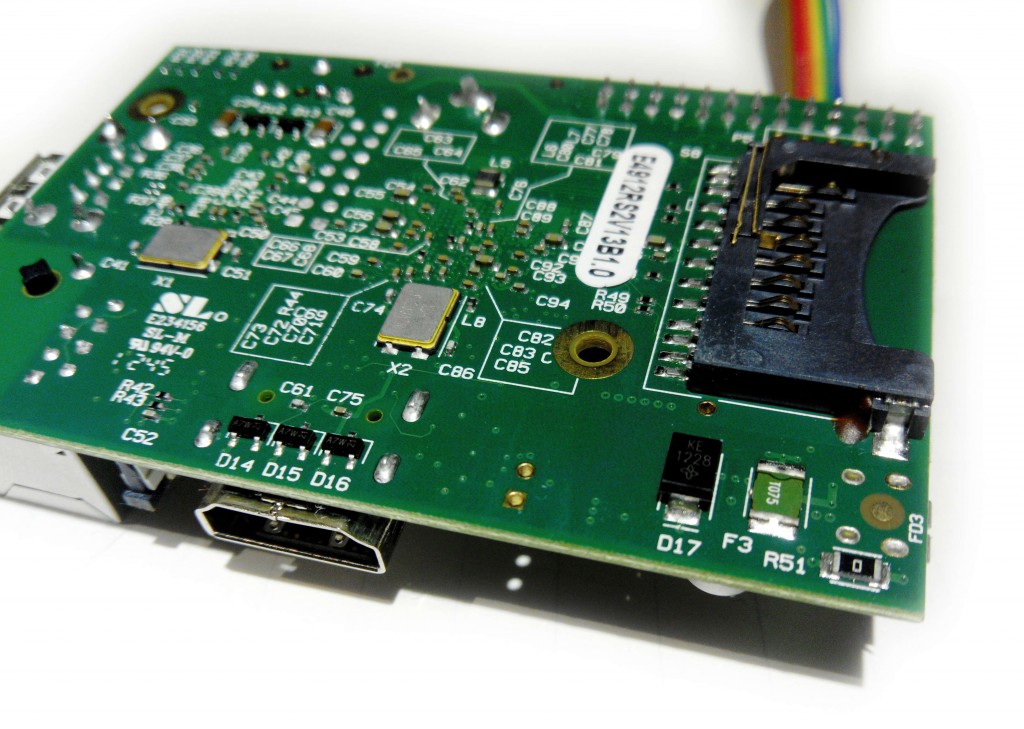 You may have heard that ARM64 is now a tier-1 platform on FreeBSD 13. This basically means that this platform is now fully supported by the various FreeBSD teams. Seeing ARM supported as a tier 1 is really cool, since we can now play around with those ARM boards (RaspberryPi, BeagleBone, …) that were so far reserved to a selected set of Linux distributions. Being able to use an entirely different OS is refreshing.
You may have heard that ARM64 is now a tier-1 platform on FreeBSD 13. This basically means that this platform is now fully supported by the various FreeBSD teams. Seeing ARM supported as a tier 1 is really cool, since we can now play around with those ARM boards (RaspberryPi, BeagleBone, …) that were so far reserved to a selected set of Linux distributions. Being able to use an entirely different OS is refreshing.
In the last few weeks, I’ve devoted some of the very little free time that I have to try just that. I’ve installed FreeBSD on some RPi3 boards in the hope of replacing whatever they were doing before on Raspbian. If you insist you can use the video, but it’s very slow and totally unusable as a Kodi media-center. The reason being (as far as I understand) that the VideoCore drivers are a pain in the ass to port even from RPi Linux flavor to another, let alone on FreeBSD. So I wouldn’t expect improvement on that front for some time.
However as a network appliance or audio-only media-center, it works nicely. It’s just a matter of downloading the appropriate SD card image for your specific board (here and there), dd it to the SD card, boot with HDMI and USB keyboard, then configure your installation from there. Beware though, you should avoid editing the UFS partition of the image until it has been resized by growfs_enable=YES. In my case that triggered some naughty kernel panics (which I had no time to investigate thoroughly, oops).
I’ve also tried some unsupported platform such as the NanoPi R2S with mitigated success. I managed to boot on the serial interface and install some packages. But USB devices are not (or not always) showing, the driver for the second Ethernet interface is missing, and random kernel panics do happen. So I gave up for now and tried an RPi3 board instead.
I also tried running it on a RaspberryPi 1 B+ v1.2. The reason I’m trying that is to replace my media-center setup, especially the audio part. The RPi1 should consume less power, is perfectly capable for the task at hand and I’ve got a lot of them lying around. Since the device will be always on, it should be a perfect replacement for the RPi3 I used so far. For this I had to use the RPi-B image. Contrary to the RPi3 which runs ARMv8 64-bit, RPi1 B+ is still an ARMv6 32-bit architecture and a tier-2 platform on FreeBSD.
One of the problem with the RaspberryPi is that there are a lot of different version nowadays and they all share similar names. For instance if you say RPi B+, is it RPi3 B+ from 2018, RPi1 B+ from 2014, a confusion with the RPi2 B v1.2 from 2016 or the RPi2 B? All these run on different SoC with different flavor of ARM from ARMv6 to ARMv8. You must pay attention to choose the correct image for your board. Use the Wikipedia’s RaspberryPi page to tell them apart, it’s very complete, especially the Specifications and Connectors sections.

